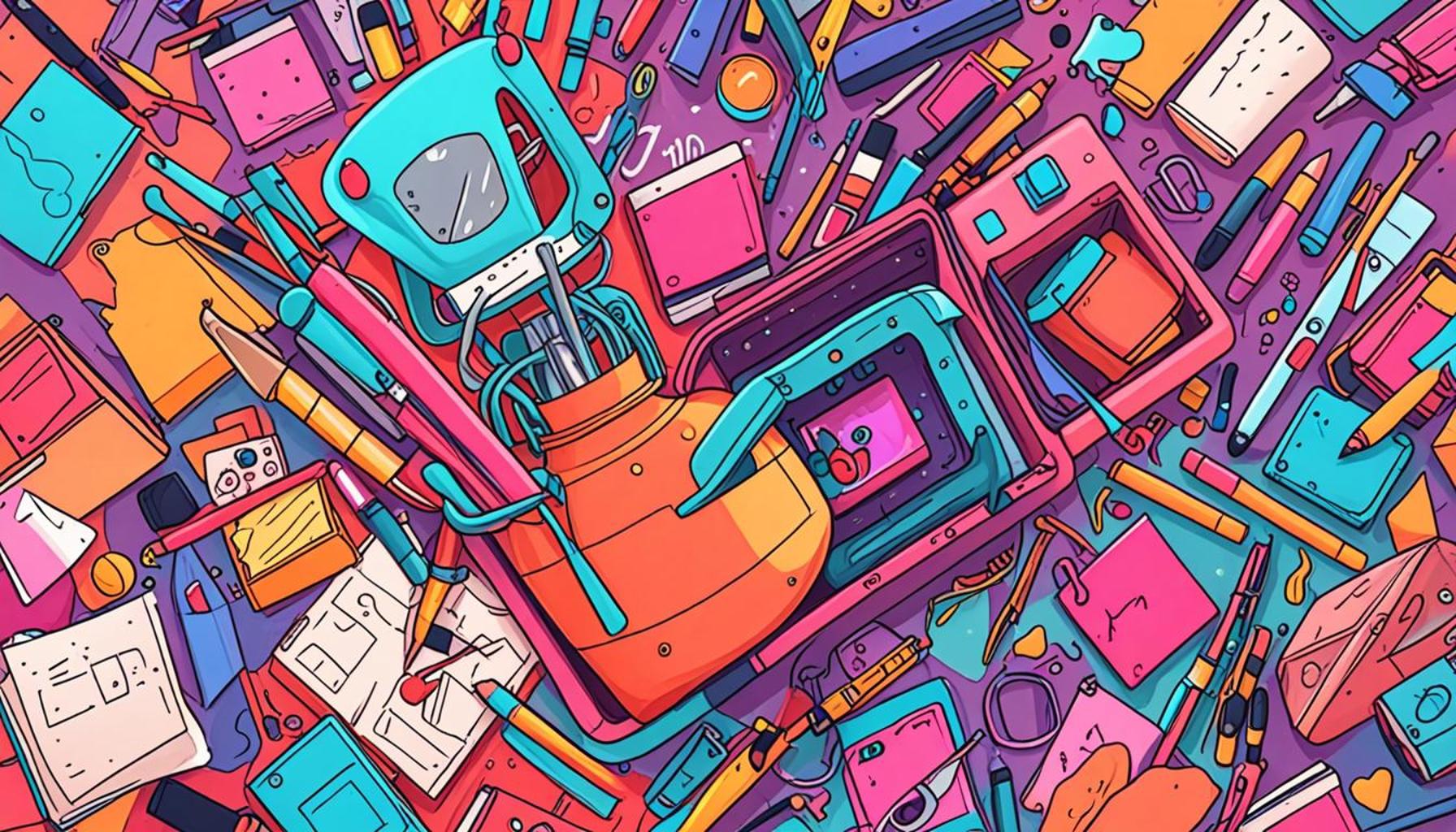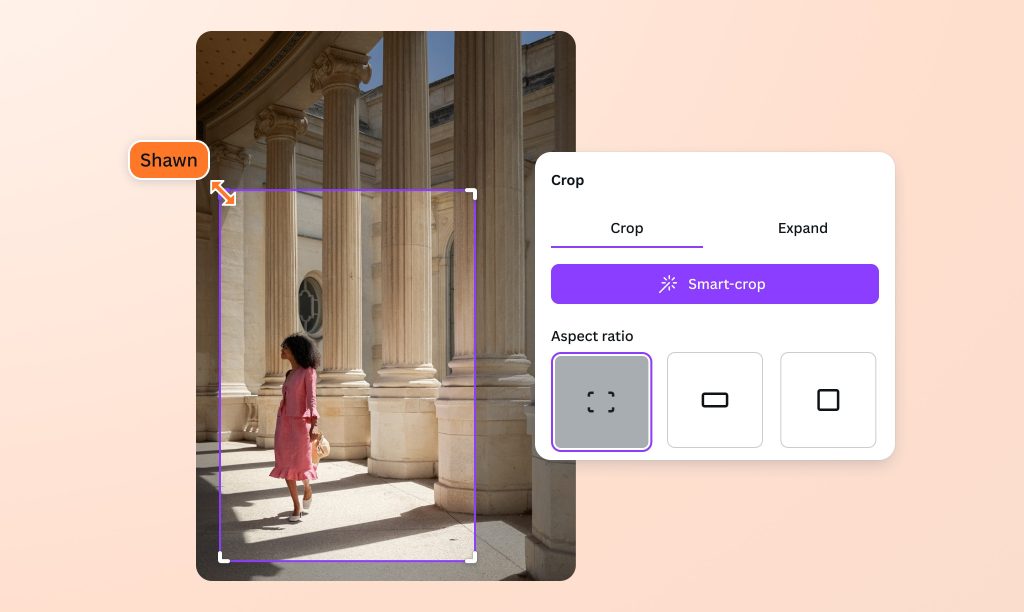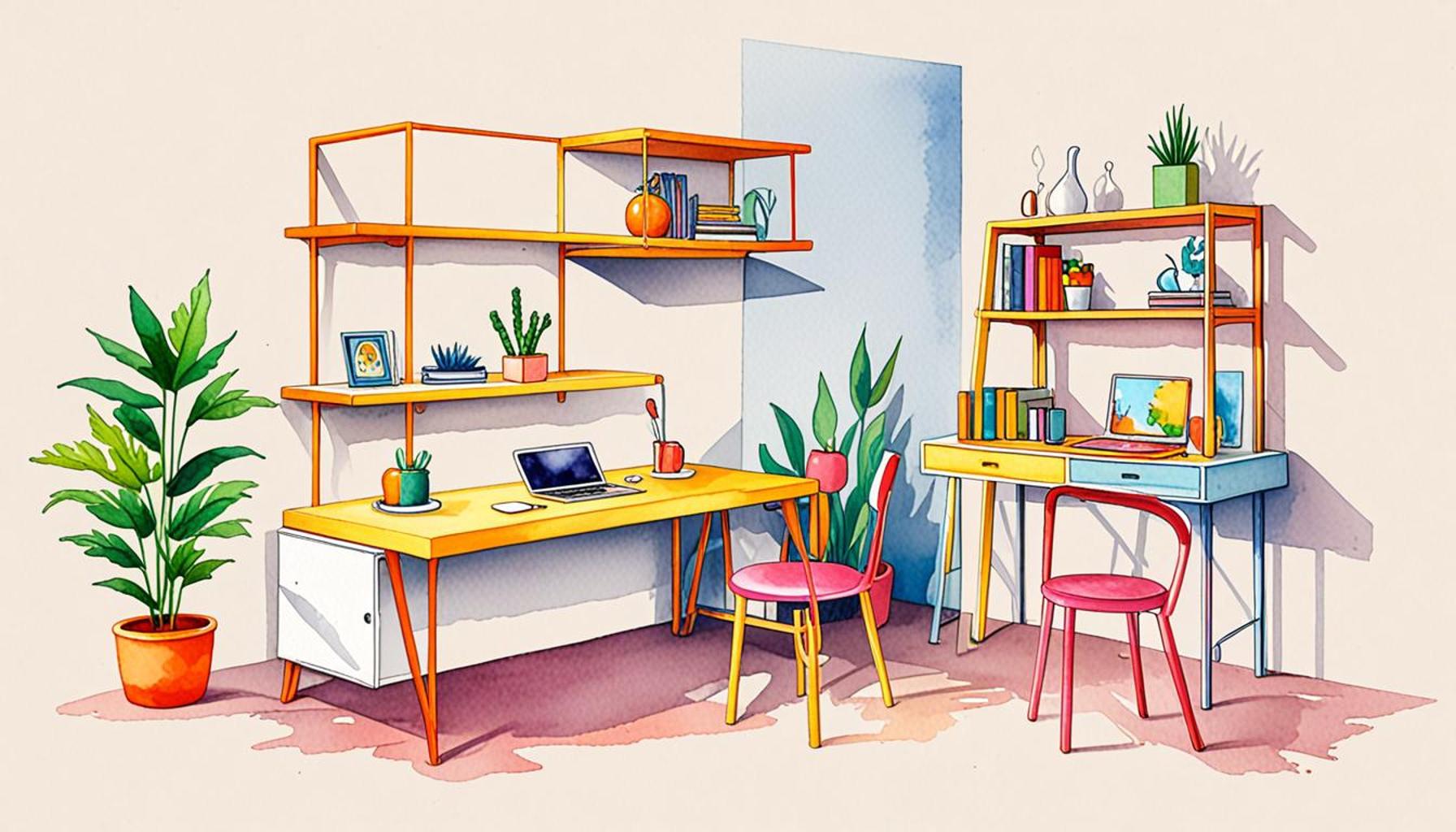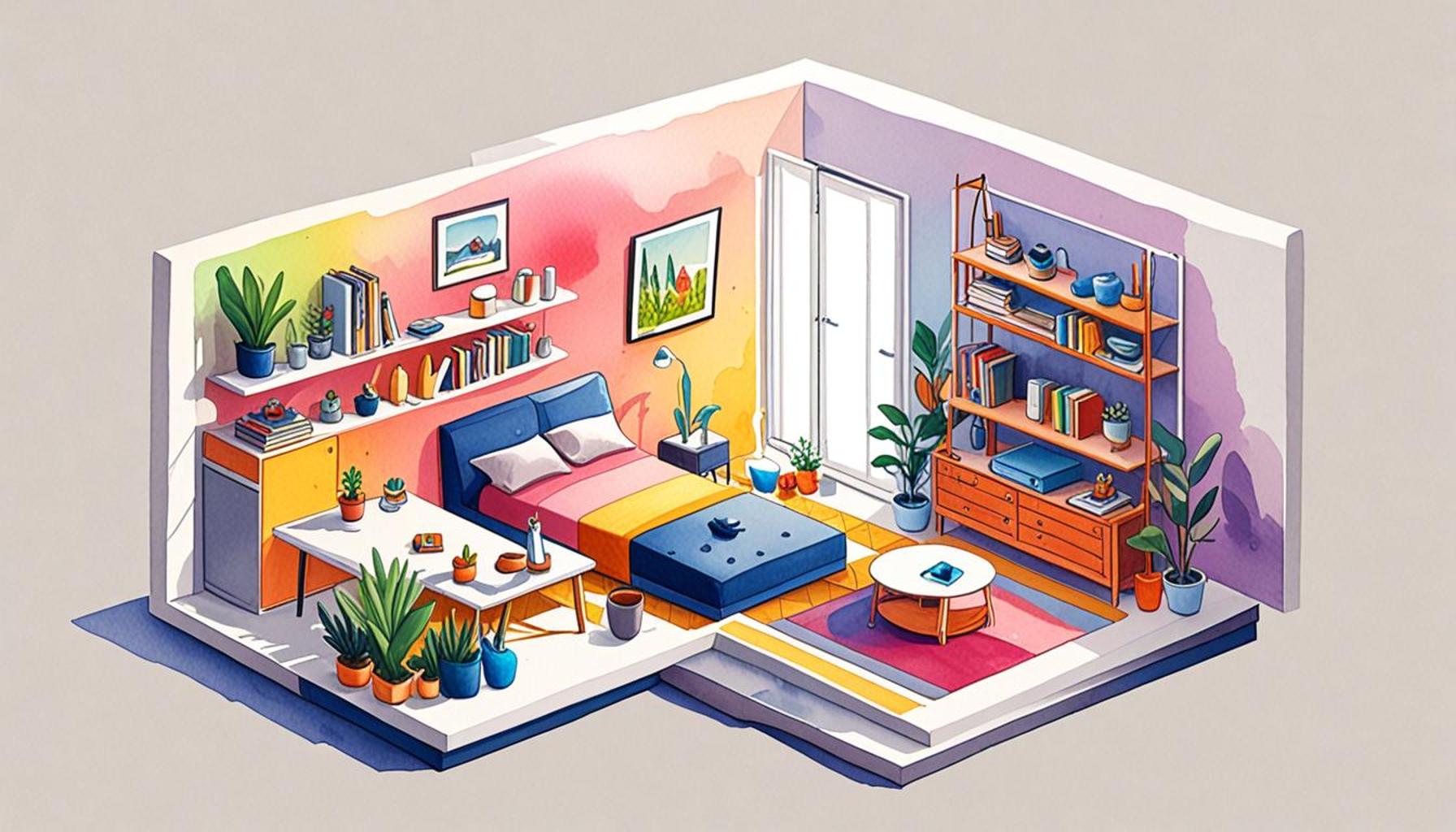The Art of Letting Go: How to Reduce Items and Increase Space Functionality

Understanding the Impact of Clutter
In today’s fast-paced world, many individuals grapple with the challenge of overwhelming clutter in their homes. This chaos can lead to increased stress and a sense of chaos, making daily life feel more burdensome than it should be. However, it’s crucial to recognize that decluttering is not merely about tossing unwanted items into the trash. Rather, it can be viewed as a transformative art form that revitalizes your space and redefines how you interact with your environment.
The Art of Letting Go
Implementing the art of letting go requires introspection and thoughtful evaluation of your possessions. Start by asking yourself critical questions: What do I genuinely use? Which items evoke happiness? This step is integral to understanding what items contribute positively to your life and which ones should be released. For example, instead of holding onto a dress that no longer fits simply because of nostalgia, consider donating it to someone who might appreciate it more.
Recognizing Emotional Attachments
Another vital aspect of this decluttering journey is recognizing emotional attachments. Some items may represent significant life events or memories, making it challenging to part with them. This could be a childhood toy or a piece of furniture passed down through generations. While it’s important to honor these memories, it’s equally important to recognize when these items hold you back. Consider using a photo album to preserve memories without keeping the physical items. By doing this, you can cherish the moments without cluttering your space with items that no longer serve you.
The Beauty of Minimalism
Embracing a minimalist design can radically change your living space’s aesthetic and emotional landscape. The principle of less is more rings particularly true in minimalist design; it invites a sense of tranquility and order. Focused on functionality, minimalist design encourages choosing quality over quantity. Think about investing in furniture that serves multiple purposes, such as an ottoman that doubles as storage. Additionally, adopting creative storage solutions can help maximize every inch of your home. Floating shelves, under-bed storage, and creatively designed organizers can seamlessly integrate function and style. These strategies contribute to a more organized environment where each item has a designated purpose.
Embracing Natural Light
Furthermore, the role of natural light in enhancing your living space cannot be overlooked. A well-lit environment makes areas feel more spacious and inviting. Consider rearranging furniture or utilizing lighter paint colors to reflect light better, creating the illusion of a larger space. Incorporating mirrors strategically can also amplify natural light and add depth to your home.

Conclusion: The Rewards of Decluttering
As you embark on this decluttering journey, reflect on the multitude of rewards that accompany a more organized space. Beyond physical transformation, a decluttered environment can foster mental clarity and enhance overall well-being. Studies indicate that a clean environment is linked to improved focus and reduced anxiety levels, supporting the notion that our surroundings significantly influence our mental state. By the end of this exploration, you will likely feel motivated to take actionable steps towards maximizing the functionality of your living environment. The art of decluttering not only transforms your physical setting but also inspires greater creativity and freedom in how you choose to live your life.
DISCOVER MORE: Click here to simplify your daily life
Steps to Initiate Your Decluttering Journey
Embarking on the journey of letting go is a transformative process that requires not just physical action but also a change in mindset. To successfully reduce clutter and increase the functionality of your space, consider employing a systematic approach. Below are essential steps that can serve as a roadmap to achieving a more organized environment:
1. Start Small
When faced with overwhelming clutter, it can be beneficial to start with smaller areas, like a single drawer or a corner of your room. This focused approach allows you to tackle the task without feeling inundated. Celebrate small victories as you complete each section, which will motivate you to continue. A common philosophy is the “15-Minute Rule” — set a timer and dedicate just 15 minutes to decluttering. You may be surprised by how much you can accomplish in a short time.
2. Create Categories
To better evaluate your belongings, consider creating categories that make sense for your lifestyle. For example:
- Keep: Items you use regularly and genuinely need.
- Donate: Items in good condition that you no longer use and can benefit others.
- Trash: Broken or damaged items that are beyond repair.
- Store: Seasonal items that are not needed immediately but can be reused later.
This categorization enables you to see the purpose and utility of each item more clearly, making it easier to decide what stays and what goes.
3. Schedule Regular Decluttering Sessions
Incorporating decluttering into your routine is vital for maintaining a clutter-free environment. Consider setting aside specific times each month to revisit different areas of your home. This could be an annual spring cleaning, a quarterly overhaul, or a seasonal reset. Consistency is key to ensuring that old habits don’t creep back into your space.
4. Reshape Your Shopping Habits
The art of letting go doesn’t solely revolve around what you already have; it also concerns future acquisitions. Before making a purchase, pause and ask yourself whether this item is necessary or if it will contribute to clutter in the future. Consider implementing the “one-in, one-out” rule: for every new item you bring into your home, one old item must go. This practice not only curtails accumulation but also encourages more mindful consumption.
5. Involve the Whole Family
If you share your space with others, it’s essential to involve them in the decluttering process. Hosting family decluttering days establishes teamwork and ensures that everyone is on the same page regarding organization. You might even find that sharing stories about certain items becomes a meaningful bonding experience.
By integrating these steps into your lifestyle, you will begin to see tangible changes in your living space. Not only will you enjoy a sense of relief as items are released, but you will also reclaim valuable areas in your home for creativity, relaxation, and functionality.
| Advantages | Details |
|---|---|
| Increased Space | Decluttering leads to a more open and airy environment, which is essential for both mental well-being and productivity. |
| Enhanced Functionality | A minimalist space allows for easier organization, making it simpler to retrieve and use items when needed. |
| Improved Mental Clarity | Less clutter can lead to a clearer mind, enabling better focus and decision-making. |
| Sustainable Practices | Reducing items promotes conscious consumption and a lower carbon footprint, contributing positively to environmental sustainability. |
Beyond mere aesthetics, embracing the art of letting go significantly transforms our living and working spaces. The act of reducing physical items not only enhances space functionality but also fosters an environment conducive to clarity and inspiration. From increased organization to the emotional relief of removing unnecessary items, these benefits encourage a lifestyle focused on what truly matters. The liberation felt when decluttering allows individuals to engage more meaningfully with their environment. As we continue to explore innovative ways to maximize our space, consider how these advantages can become part of a broader strategy toward intentional living. This journey not only reflects personal growth but also sets the stage for sustainable practices in our communities.
DISCOVER MORE: Click here to unlock the power of saying no
Maximizing Space through Mindful Decluttering
As you delve deeper into the art of letting go, it becomes evident that decluttering is not merely about eliminating items but also about optimizing the functionality of your living space. Understanding the relationship between what you own and how you use it is key to achieving a more comfortable and efficient environment. Here are additional strategies that can help you refine your approach:
6. Visualize Your Ideal Space
Before you begin decluttering, take a moment to envision your dream environment. What does it look like? How is it organized? By painting a mental picture of your ideal space, you can build a clearer framework for your decluttering efforts. Consider browsing through home design magazines or websites like Pinterest to gather inspiration. Creating a mood board can also focus your intentions and help you identify essential items that align with your vision.
7. Use Storage Solutions Wisely
Once you’ve reduced clutter, you’ll want to maximize the available space effectively. Investing in functional storage solutions can significantly enhance the organization of your home. Consider options such as:
- Multi-functional furniture: Items like ottomans with hidden storage or coffee tables with shelving can serve dual purposes, helping to save space.
- Vertical storage: Utilizing wall-mounted shelves or hooks can draw the eye upward while keeping your floor space clear. This not only enhances decoration but also maintains accessibility.
- Clear bins: These can help you efficiently store seasonal items or rarely used belongings while enabling you to easily see their contents.
When choosing storage solutions, consider your lifestyle and the types of items you frequently use. Ensuring that everything has a place will encourage you to maintain an organized environment.
8. Embrace Minimalism and Intentional Living
The philosophy of minimalism advocates for a life filled with intention, which aligns seamlessly with the process of letting go. Challenge yourself to move away from consumerism and instead focus on quality over quantity. Seek to invest in well-crafted items that truly bring you joy and serve a purpose in your daily life. For instance, if you love cooking, consider investing in high-quality kitchen tools rather than a plethora of gadgets, which may clutter your countertops.
9. Evaluate Emotional Attachments
Our belongings often hold sentimental value, complicating the decluttering process. To navigate this, take time to consciously reflect on the emotions that certain items evoke. For instance, if you possess a collection of memorabilia, narrow it down to the pieces that genuinely hold meaning, and consider recreating those memories through photographs. By understanding that the essence of the moments doesn’t reside solely in physical objects, you can release items with greater ease.
10. Reassess Regularly
After decluttering, it’s essential to make it a practice to reassess your belongings every few months. As your life evolves, so too will your needs and preferences. Continuous reflection on what remains necessary helps prevent backslides into clutter. Implement a short review session where you evaluate items that no longer serve you, ensuring that your space remains functional and aligned with your lifestyle.
Ultimately, the journey of letting go is not just about clearing out space; it’s about creating a living environment that reflects your true self and maximizes functional utility. With the right mindset and techniques, you can cultivate a conscious relationship with your belongings that fosters a sense of peace and purpose. Such intentional living not only enhances physical space but also frees mental and emotional bandwidth, leading to a harmonious way of life.
DIVE DEEPER: Click here to simplify your to-do list
Conclusion: The Transformative Power of Letting Go
In a world often dominated by consumerism and material accumulation, mastering the art of letting go can be a profound step towards enhancing both your physical and mental space. By embracing the principles of mindful decluttering, you don’t just empty your home of excess; you create an environment that promotes clarity, creativity, and comfort. As we’ve explored, this journey begins with visualizing your ideal living space and extends to utilizing functional storage solutions that cater to your lifestyle.
Additionally, the philosophy of minimalism encourages intentional living, reminding us to cherish quality over quantity. Engaging with our emotional attachments allows for a more compassionate release of items, while regular reassessment of our belongings ensures that our environments continuously serve our evolving needs. This cycle of letting go fosters a sense of responsibility towards what we choose to keep and invites a greater appreciation for the items that truly enrich our lives.
Ultimately, the commitment to reducing clutter and maximizing space functionality is less about depriving ourselves and more about choosing freedom. As you take steps towards transforming your home into a sanctuary of organization and simplicity, remember that each item you let go of is a step towards a more purposeful, fulfilling life. By adopting these strategies, you’ll not only enjoy a more aesthetically pleasing and functional space but also cultivate a refreshed mindset that resonates with tranquility and intention.


